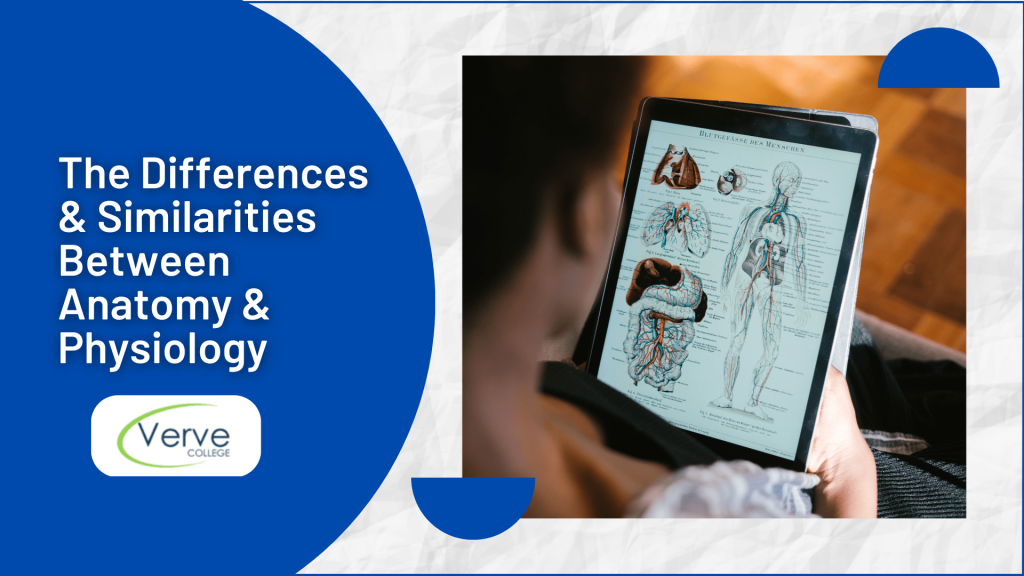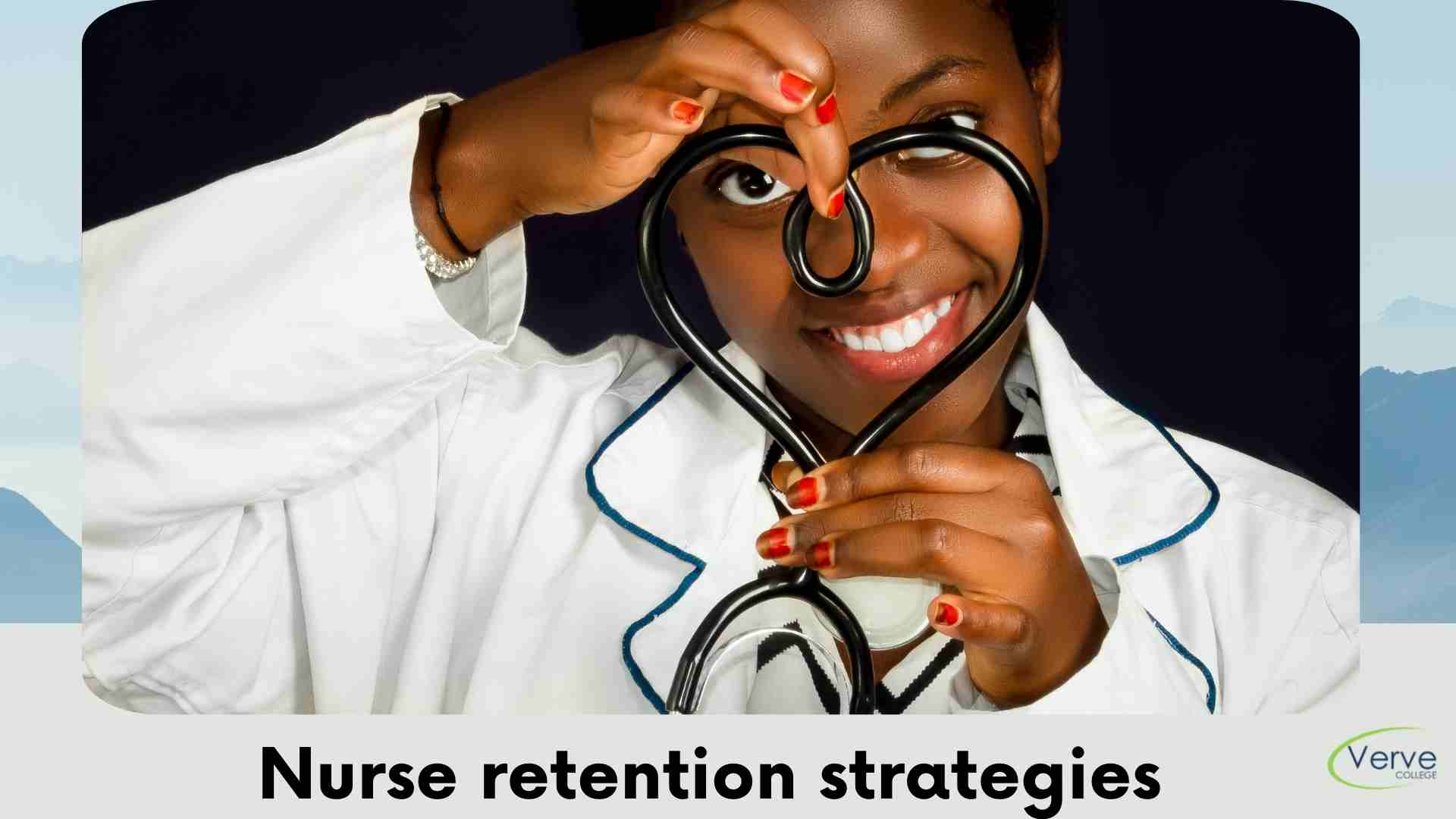- Oak Brook:(630) 705-9999
- Chicago:(312) 920-8822
- Email:inquiry@vervecollege.edu
- Make a Payment
- Home
- Programs
- Admission
- Resources
- ATI Entrance Exam Resources
- New E-Digital Library
- Refer a Friend
- School Newsletter
- Events
- Employers
- Job-Network
- Alpha Beta Kappa Candidates
- Verve College Library
- Graduation and Pinning Ceremony Photo Galleries
- Textbook Information
- Career Services
- Tutoring
- School Catalog
- FAQ
- Constitution Day Program
- Alumni
- Verve College Plans
- Financial Aid
- HEERF Reporting
- Satisfactory Academic Progress
- Apply For Financial Aid
- Net Price Calculator
- Return of Title IV Funds (R2T4)
- Financial Aid Office Code of Conduct
- Contact
- FAQs
- Verification Policy
- Vaccination Policy
- Student Right-to-Know Act
- Misrepresentation
- Information Security Program
- Academic Award Year
- Availability of Employee
- Cost of Attendance
- Health & Safety Exemption Requirement
- Students Rights and Responsibilities
- Leave of Absence
- Pell Formula
- Military Students
- Grants/ Scholarship Policy
- Contact Us
- Login
- Testimonials
- Blog
Is a Nursing Career Right For You?
Take The Free Quiz
The Differences and Similarities Between Anatomy & Physiology
The Differences and Similarities Between Anatomy & Physiology
The study of living things is called anatomy. The other important subject in the field is physiology. Anatomy and physiology are essential to both biology and medicine, which can be better understood by attending anatomy and physiology classes.
What is Anatomy?
The study of bodily structures in living things is known as anatomy. Anatomy can be divided into three primary categories: human anatomy, animal anatomy, and physiology, which is the anatomy of plants.
Gross Anatomy
The study of biological structures that are visible to the unaided eye is known as gross anatomy. Large body structures, the separation of body parts, the human body, or in the body of animals are studied via non-invasive methods.
Microscopic Anatomy
Histology is another name for microscopic anatomy. It is the investigation and examination of tissues and cells in living things that are not visible to the unaided eye. It is simple to view cells, cell bodies, and tissues under a microscope. Understanding the structure of cells, connective tissues and the functioning of tissues can be aided by histological techniques. Only tiny slices of mucosal tissue are visible under the microscope.
Related:-Difficulties That You May Confront in A&P Class & How to Overcome Them?
What is Physiology?
The study of living things and how their organ systems and bodies work is called physiology. Physiology is the study of how organisms function, the study of functions, and how they interact with their surroundings. From the fundamental level of cell biology, blood, and cells in response to more complex subjects like how an organism adapts to its environment, it covers it all.
Muscular movement, joint movement, physical movements, abnormal movements, regulatory functions, cellular functions, and functions are studied in physiology.
The study of a living thing’s physiology can be divided into five categories:
- Cell Physiology
- System Physiology
- Evolutionary Physiology
- Defense Physiology
- Exercise Physiology
Cell physiology investigates how cell body cells work together, as well as their transport systems.
Similarities Between Anatomy Physiology
- Anatomy and physiology are the two areas of biology, which examine living things
- Anatomy and physiology can be studied via medical imaging and lab samples
- Both are closely related and are covered in tandem during medical school.
- Both anatomy and physiology have been continuously researched for hundreds of years.
There are a Few Differences Between Anatomy and Physiology
Definition
Anatomy: It is a science that examines the composition and operation of both human and animal bodies. The separation and dissection of body components are its most distinctive features.
Physiology: The area of biology that focuses on the characteristics and parts of living things is called Physiology.
Focus
Anatomy: The study of anatomy focuses on how and where bodily parts are located in living things.
Physiology: The chemical, physical, and electrical activities that take place within an organism’s body refer to as Physiology.
Types of study
Anatomy: Anatomy is a static study.
Physiology: The field of Physiology is a dynamic study.
Significance
Anatomy: Learning about an organism’s anatomy involves dissecting its body.
Physiology: Comprehension of the physiology of a live entity and its body movements requires an understanding of its anatomy.
Want to Make a Career in Nursing? Get More Information About Our Courses!
Conclusion
The major difference between Anatomy and Physiology is that the study of gross and microscopic anatomical and structural aspects of living things is known as anatomy. Physiology is the study of a living thing’s internal structure and how it works. The descriptions of the various regions like endocrine glands, ductless glands, salivary glands, pituitary gland, pulmonary circulation, systemic circulation (passage of blood: oxygenated blood and deoxygenated blood), chemical digestion, mechanical digestion, carbohydrate digestion, etc. within living beings are where anatomy, physiology, and both differ most significantly from one another. You can learn more about these subjects in an A&P Class offered by Verve College of Nursing.
 Sign up
Sign up Login
Login




